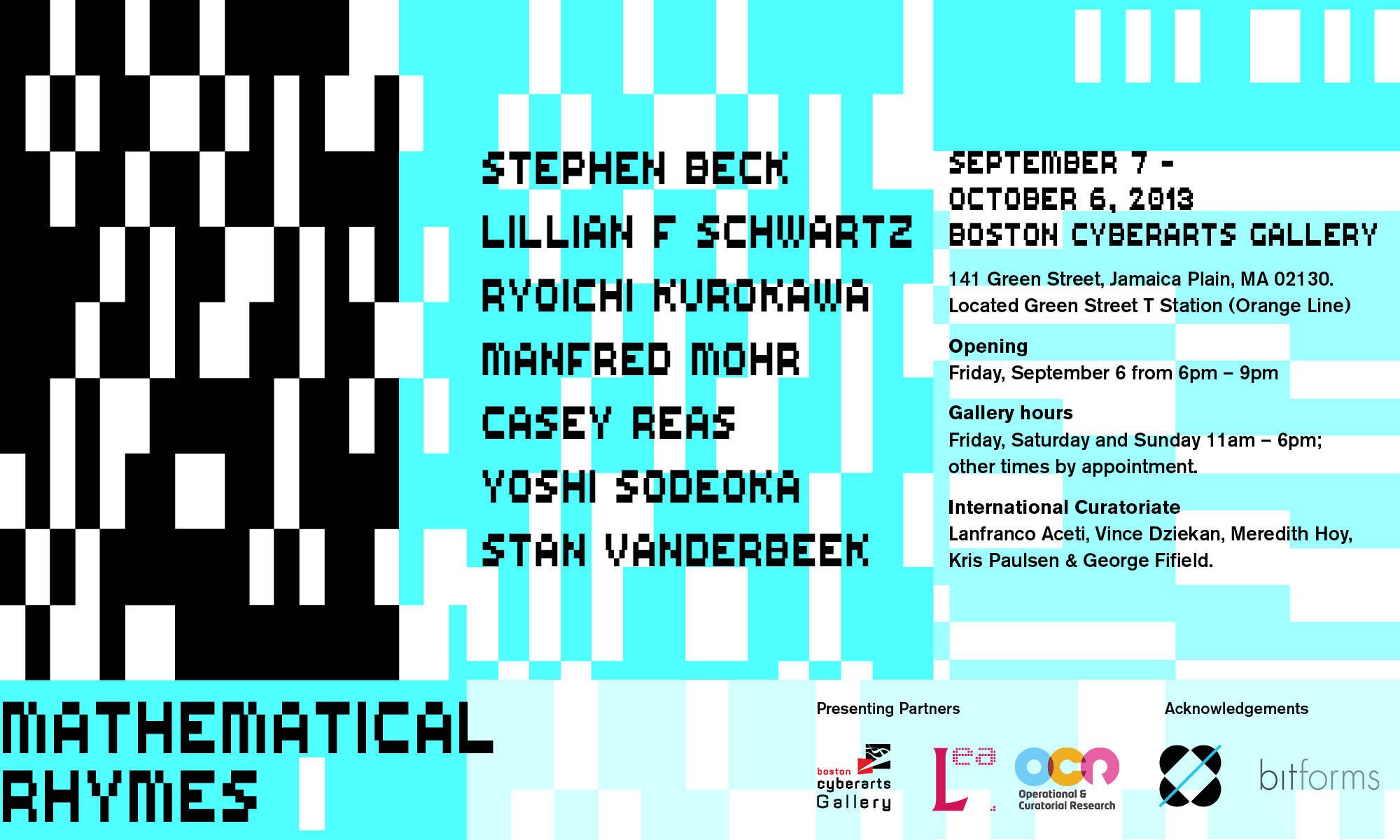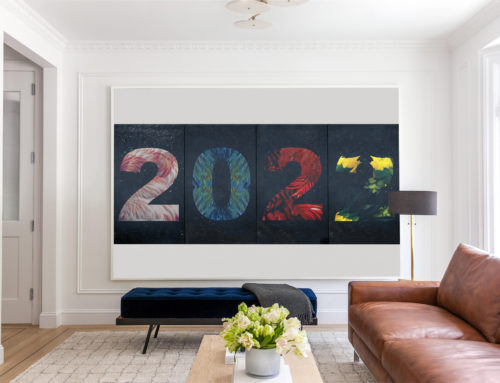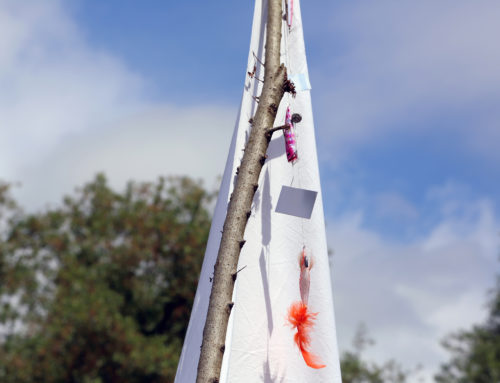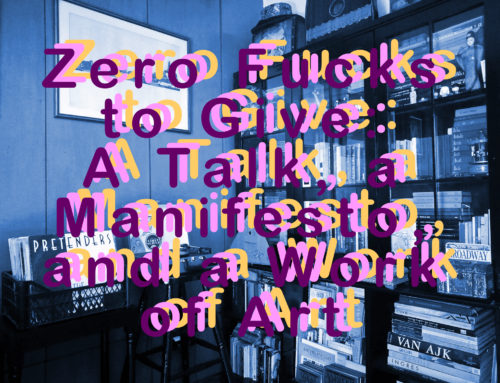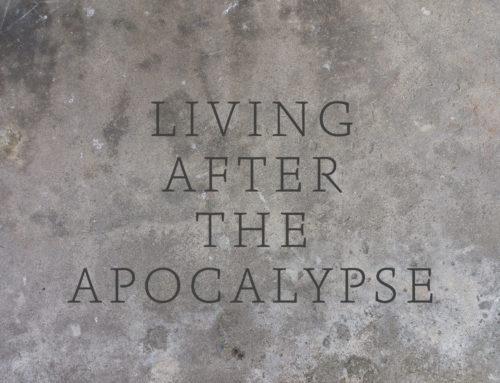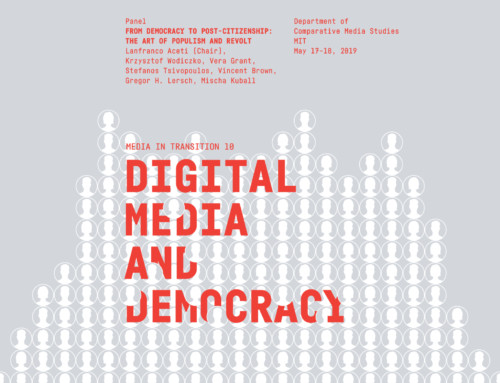Opening Reception: Thursday, September 5, 6pm to 9pm. Exhibition: September 6 to October 6.
Leonardo Electronic Almanac – in conjunction with Operational and Curatorial Research – and Boston Cyberarts are pleased to present Mathematical Rhymes – an exploration of art-making practices based in algorithmic and mathematical systems that translate into generative forms of moving image media. The exhibition pairs some of the earliest artworks dealing with the aesthetics of code and the structure of the computer screen with contemporary artists working with the visual and aural effects of computer data and networked technologies. By showcasing influential historical predecessors identified with the beginnings of computer art (Stephen Beck, Manfred Mohr, Lillian Schwartz and Stan VanDerBeek) alongside leading contemporary experimental media artists (Ryoichi Kurokawa, Yoshi Sodeoka and Casey Reas), Mathematical Rhymes promotes an expansive view of the procedural logic and imaginary that characterizes the aesthetic program of generative art.
New media scholar Philip Gallanter provocatively suggests that “generative art may be as old as art itself.” The programmatic, mathematical patterns found in Islamic tiles or Tibetan mandalas, along with textiles from around the globe – particularly those produced with Jacquard’s early 19th century punch card loom, a mechanical precursor of the modern computer – all exhibit algorithmic qualities: they are produced by preset instructions or procedural rules that dictate the forms and structures they might take. Depending on the technology implemented by the artist and the material form of the finished artwork, there can exist wide variations in the degree of the system’s autonomy, the impact of artistic intention and influence, and the complexity or predictability of the system used to generate the artwork. A technology can be as simple as a written set of natural language instructions or as complex as a string of computationally executable code that manifests in a spectacular array of screen-based graphics.
Mathematical Rhymes begins its account in the mid-1960s and early 1970s, when artists began to experiment with the potential of making films and videos with computer technology. Working at Bell Laboratories in the 1960s, Stan VanDerBeek created a series of early computer films, including the Poem Field series (1966-1969), that established the poetic aesthetics of computer programming. Lillian Schwartz, too, worked as an artist-in-residence at Bell Labs around this time. Her films Pixilation (1970) and Googolplex (1972) explore the basic unit of the pixel and the profound sensory effects possible through the computer terminal in both 2D and 3D. Concurrently, Stephen Beck was experimenting with the potential of generative video while an artist-in-residence at the National Center for Experiments in Television, at KQED-San Francisco. There he invented some of the earliest analog and digital video synthesizers, which allowed him to create fluid, improvisational, generative compositions exemplified by Illuminated Music No. 1 (1972) and Video Weavings (1975). In addition, a feature of the Boston Cyberarts exhibition will be the American debut of Manfred Mohr’s pioneering computer film, Cubic Limit (1973-4), which uses the simple shape of a cube to algorithmically generate a complete catalog of visual signs.
Works represented across the inventory all exhibit how the degree of artistic intervention in the final product effects the extent to which a system can be defined as functioning autonomously; in a true generative system, the rules of the program are produced by the artist, set into motion, and then left to develop, often in ways that could not be predicted by the artist due to the incursion of random variables. Mathematical Rhymes presents hybrid media artworks by contemporary artists Ryoichi Kurokawa, Yoshi Sodeoka and Casey Reas. While diverse and idiosyncratic in form and content, their respective creative practices share in common the performance of procedural and programmatic processes. Ryoichi Kurokawa’s Sirens (2013) exemplifies the relationship between generative visualization and cinematic practices. This impressive computer generated film – conceived and directed by Novi_sad with visuals produced by Kurokawa and original source audio by Richard Chartier, CM von Hausswolff, Jacob Kirkegaard, Helge Sten and Rebecca Foon – transforms our understanding of the relationship between moving image and “cinema” by immersing the viewer in an audiovisual scape and narrative composition that heightens the performativity of technological and natural systems. New York-based multidisciplinary artist Yoshi Sodeoka explores audio and video feedback as a generative system. In #46 — 35.23N 139.30E
The exhibition itself forms part of a multi-facetted curatorial project focusing upon historical precursors and contemporary exemplars of generative and algorithmic art practice. The exhibition and associated publication program has been conceived and developed by an international curatoriate working in association with the Leonardo Electronic Almanac (LEA) and Operational and Curatorial Research (OCR). Established in 1993, LEA is the electronic arm of the pioneer art journal, Leonardo – Journal of Art, Science & Technology. It is a peer-review journal jointly produced by Leonardo, the International Society for the Arts, Sciences and Technology (ISAST), and published by MIT Press. LEA and OCR provide forums for those who are interested in the realm where art, science and technology converge, and acts as an incubator for research projects, conferences and exhibitions that are later on published in a variety of formats, including catalogs, books and magazine issues in collaboration with institutions of excellence. For more information about LEA and Leonardo, visit https://www.leoalmanac.org. For more information about OCR, visit https://www.ocradst.org.
International Curatoriate:
Lanfranco Aceti (Executive Curator/Editor-in-Chief, LEA), Vince Dziekan (Senior Curator, LEA), Meredith Hoy and Kris Paulsen (Guest Curators/Editors) and George Fifield (Director, Boston Cyberarts).
ABOUT THE BOSTON CYBERARTS GALLERY
The Boston Cyberarts Gallery supports and encourages experimentation in the arts through exhibitions, events, educational programs and collaboration with like-minded groups in an effort to foster the development of new practices in contemporary artmaking. Located in the Green Street station on the MBTA’s Orange line in Jamaica Plain, the Boston Cyberarts Gallery is the only art space located in a train station in the country, and also the only independent art organization in Massachusetts focusing on new and experimental media. With an interest in technology based, innovative combinations of sculpture, installation and live performance, the Boston Cyberarts Gallery unites members of the new media community and reaches out to the general public, supporting emerging and established artists alike.
Further information on Boston Cyberarts is available by visiting www.bostoncyberarts.org, calling 617.524.8495 or emailing info@bostoncyberarts.org.
What: Mathematical Rhymes
Who: Stephen Beck, Ryoichi Kurokawa, Manfred Mohr, Lillian Schwartz, Yoshi Sodeoka, Stan VanDerBeek and Casey Reas.
When: Opening Reception: Thursday September 5, 6pm to 9pm
Exhibition: September 6, 2013 to October 6, 2013
Gallery Hours: Friday, Saturday and Sunday 11-6 pm, alternative visiting hours can be arranged by appointment
Cost: FREE and Open to the Public
Where: Boston Cyberarts Gallery – 141 Green Street, Jamaica Plain, MA 02130. Located in the Green Street T Station on the Orange Line
Press Contact: George Fifield, george@bostoncyberarts.org, 617-290-5010
Stay up to date by receiving the newsletter and sharing the news.

